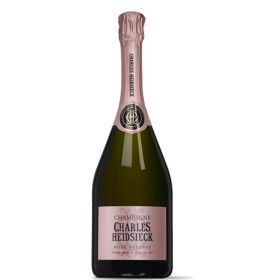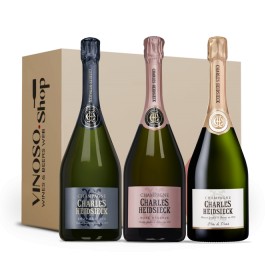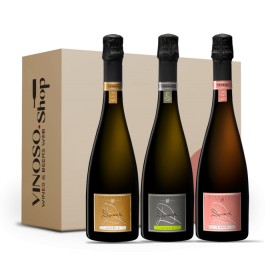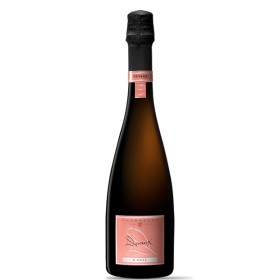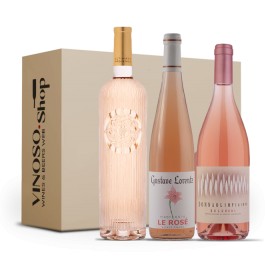- Mondo Vino
- 3781 views

The rosé color of these wines, except in the few cases where dyeing grapes are used (i.e. those grapes that have colored pulp), derives from the colored pigments found in the skin of the grape, and therefore the rosé color can be obtained only from gray grapes and red grapes. In addition, the color depends on the time factor, i.e. the duration of contact of the skins with the liquid part as well as the processing temperature of the product. The higher the latter, the faster and coarse the color will be extracted from the peel.
Rosé wines can therefore be obtained from the following raw materials:
• Red grapes (Pinot Noir, Sangiovese, Merlot)
• Grey or pink grapes (Pinot Grigio, Aromatic Traminer, Pink Muscat, Pink Malvasia)
• Red grapes poor in colouring matter (Poulsard, Doux d'Henry)
• Grapes based on red and white grapes;
• Assembly of musts obtained from red and white grapes.
The grapes indicated above will then be processed with technical specifications of vinification:
• Vinification in red of grapes poor in colouring matter:in this case the wines will be characterized by a very discharged color. We therefore mean the vinification that takes place by maceration of the skins in contact with the liquid part, or must, which allows the transfer of pigments, aromas and tannin from the peel. This type of vinification is used to produce so-called macerated wines, then film maceration, or clumsyly referred to as "orange".
• Direct pressing:in this case the technique of white vinification is used, so the grapes are sometimes desteped, and then subjected to a soft, rapid pressing, which allows to obtain slightly colored wines. The difference with a vinification in red lies in the fact that in this case, unless a very short cold maceration, directly in the press, therefore in the absence of alcoholic fermentation, made to extract the aromas from the peel, the fermentation mass will consist only of the liquid part.
• Bloodletting or saignée: in this case, the first steps are the same as the vinification in red, but after a low temperature maceration, which can last from a few hours up to 24-36 hours, a part of the liquid is salted thus obtaining a rosé must-wine and at the same time concentrating the remaining red must-wine. The rosés thus obtained are more colorful and more suitable for aging.
Only to produce Champagne is the assembly of a white wine and a red wine to obtain rosé, and these are called Champagne Rosé d'assemblage. To say a few words about champagne rosé we can define the rosé d'assemblage more marked by freshness and elegance, while those de saignée, that is, produced by bloodletting, more to fructose and power.
Here, starting from the type of grapes used to produce a wine, combining it with the characteristics of the wine itself, we can guess by what method it was produced. VINOSO.Shop offers a small selection of rosé wines, coming from completely different areas and with unique characteristics, always paying great attention to the quality of the products. These are also available in a 3-bottlepackage, so as to give the opportunity, tasting them, to grasp the differences.
Related products


Premi e Riconoscimenti
Questo prodotto ha ottenuto uno o più premi/riconoscimenti dalle riviste o esperti del settore
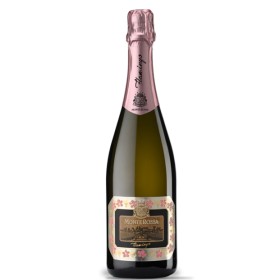


Premi e Riconoscimenti
Questo prodotto ha ottenuto uno o più premi/riconoscimenti dalle riviste o esperti del settore
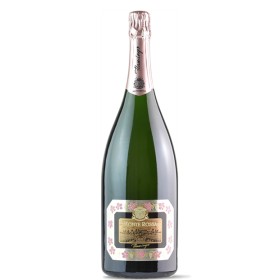


Premi e Riconoscimenti
Questo prodotto ha ottenuto uno o più premi/riconoscimenti dalle riviste o esperti del settore
